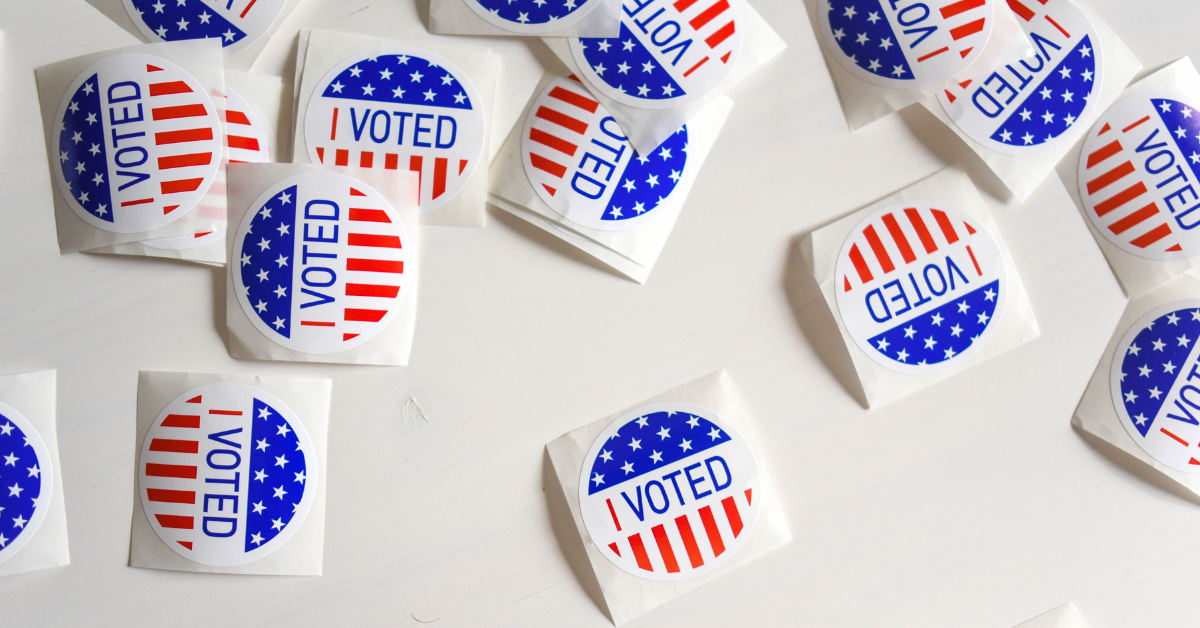While we’ve just emerged from one of the biggest buying events in media (2024 Summer Olympics), an even bigger event is on the horizon: the 2024 presidential election.
Election years present very unique challenges — including space, cost and partisanship — so brands and their agencies must adopt a more thoughtful approach to their strategies.
From our experience buying and placing media during several presidential election cycles, following are some of the complex challenges that advertisers face, as well as pathways for navigating them.
Challenges
- Limited Inventory: Lack of ad space is a major obstacle during an election year, in part due to the sheer volume of political advertising. The 2020 election cycle was the most expensive campaign year in U.S. history, and early predictions indicated total ad spending was expected to increase by 30% in comparison to four years ago. The 2024 Olympic Games paired with a flood of campaign ads already in circulation makes it difficult to find available, quality ad space. And that’s going to become even more difficult in the last 30 days of the campaign – and especially in battleground states.
- Cost of Ad Space: The increased cost of ad space during an election year is particularly seen in the digital world, where the price surge on social media and auction-based platforms like Google or Meta can be large. Advertisers should plan for a 15-50% increase in CPM for CTV, as well as CPMs and CPS for paid social media, during the last six weeks of the election. A brand’s media budget is limited, while campaigns have millions of dollars of disposable cash to spend on advertising.
- Too Much Noise: The sheer volume of brand messages can lead to significant audience fatigue and reduced effectiveness of campaigns. Such a saturated advertising environment makes it harder for brands to capture and maintain attention and drive impact, as audiences become more selective and desensitized to ads.
Survival Tips
Launching a paid media campaign during an election year can be intimidating, but it can also be successful if you follow these effective strategies:
- Have a Game Plan: Strategy is key for winning elections and executing an effective media plan during an election year. Get a clear understanding of your client’s priorities, communicate what you’re able to influence and develop a media program that aligns with their expectations.
- Negotiate: Leverage relationships with media outlets to negotiate favorable rates, especially for long-term or bulk purchases.
- Stay Level-Headed: While it can be challenging, you should aim to stay agnostic with partners and platforms. Prioritize the unique needs and goals of your clients over personal preferences or biases towards particular media. This neutrality allows for more objective decision-making, ensuring that the chosen media mix is truly the best fit for the client’s objectives.
- Leverage Alternative Channels: With traditional media bursting with political ads, think outside the box on how to reach your audience. Avoid battleground states where the inventory will likely be low and cost high. Broadcasting and radio channels are dominated by political ads, but certain channels — like TikTok — ban political ads, giving brands a place to leverage untouched ad space. Explore the viability of placing advertisements on apps, podcasts, influencer marketing, OOH, connected TV advertising (CTV), or email marketing to diversify your media mix.
- Creative Content: With political campaigns flooding traditional and digital media, it is challenging for non-political messages to stand out. Break through the clutter with fun, engaging content that captures attention and resonates with your target audience. Consumers will appreciate the breath of fresh air.
An election year game plan will look different for each brand, but hinges on your ability to adapt to the media landscape. With strategic planning, creativity and sound messaging, you may walk away with a win.

